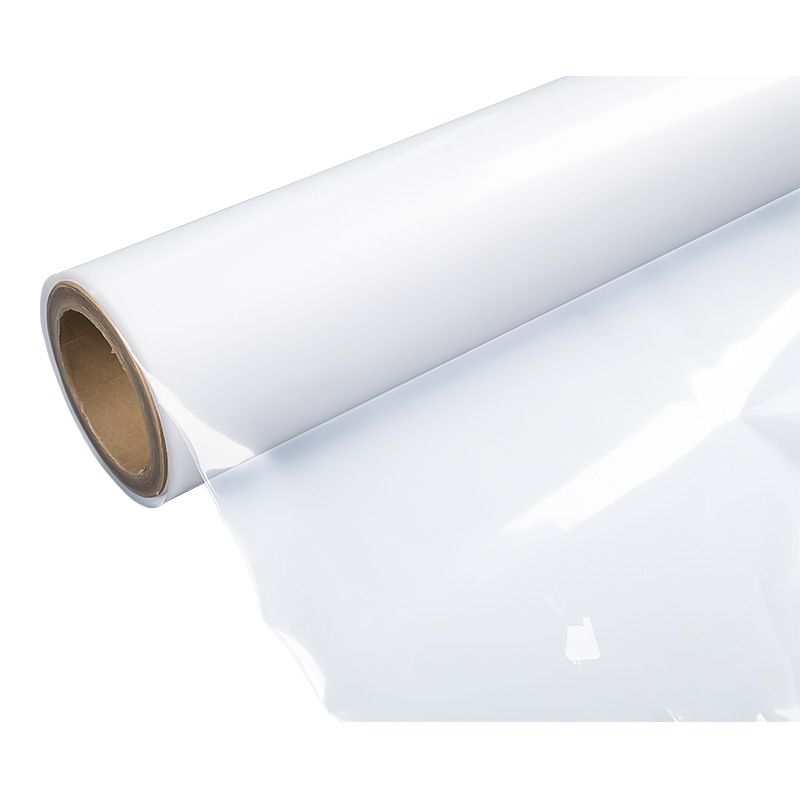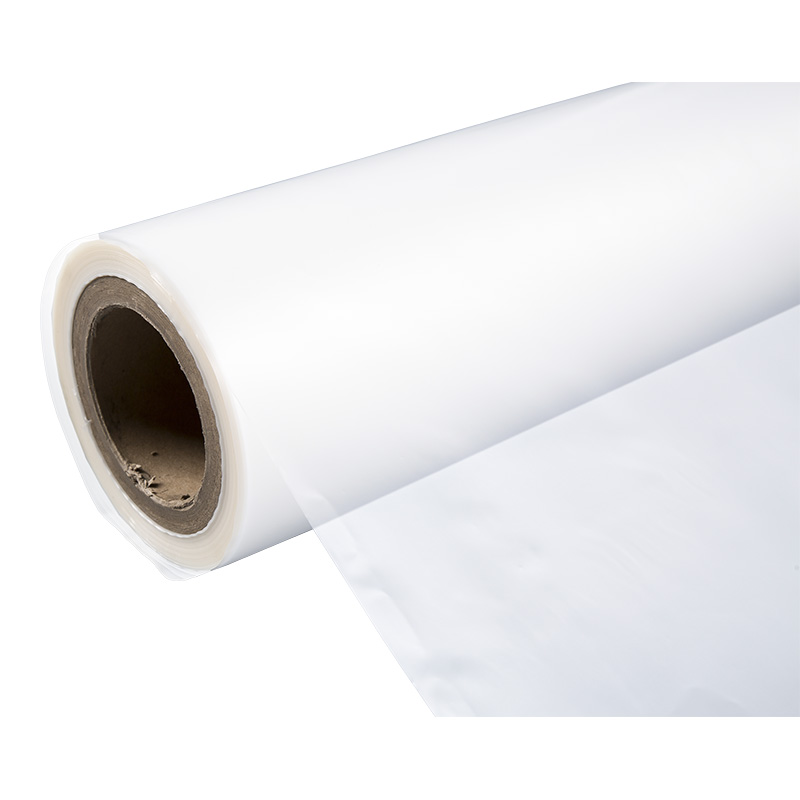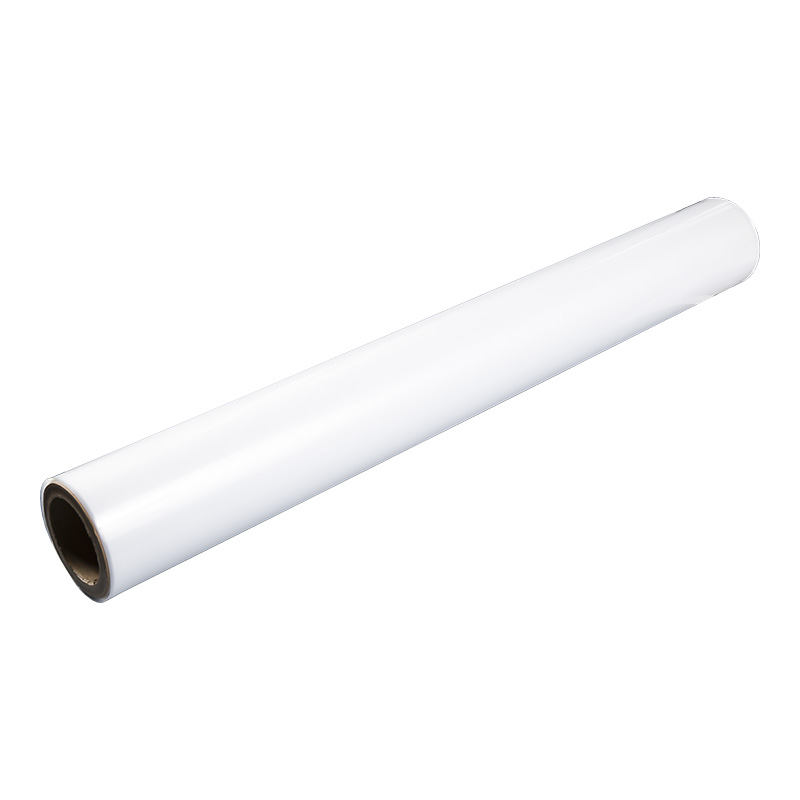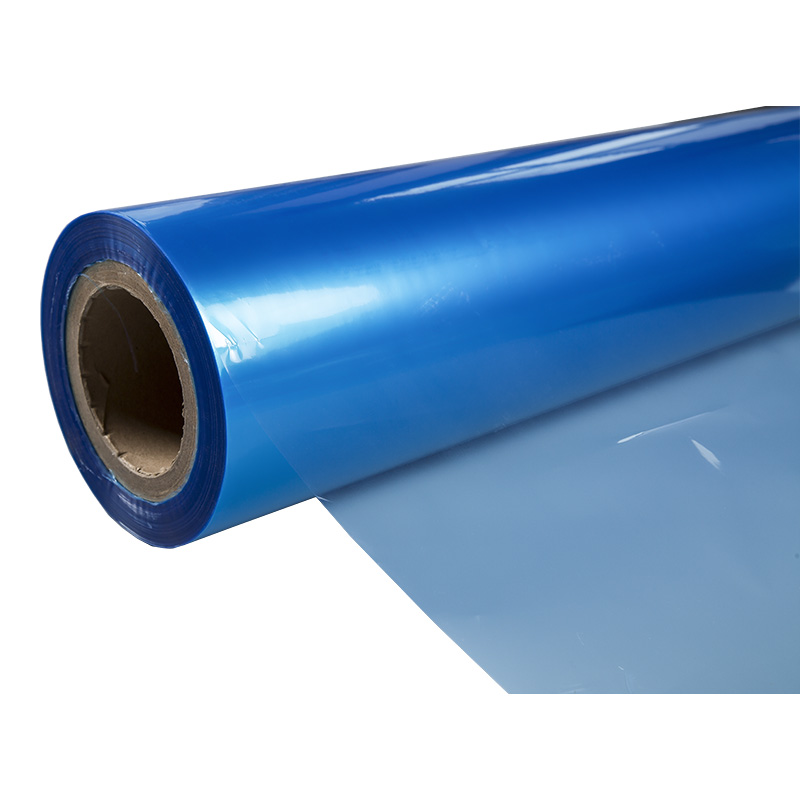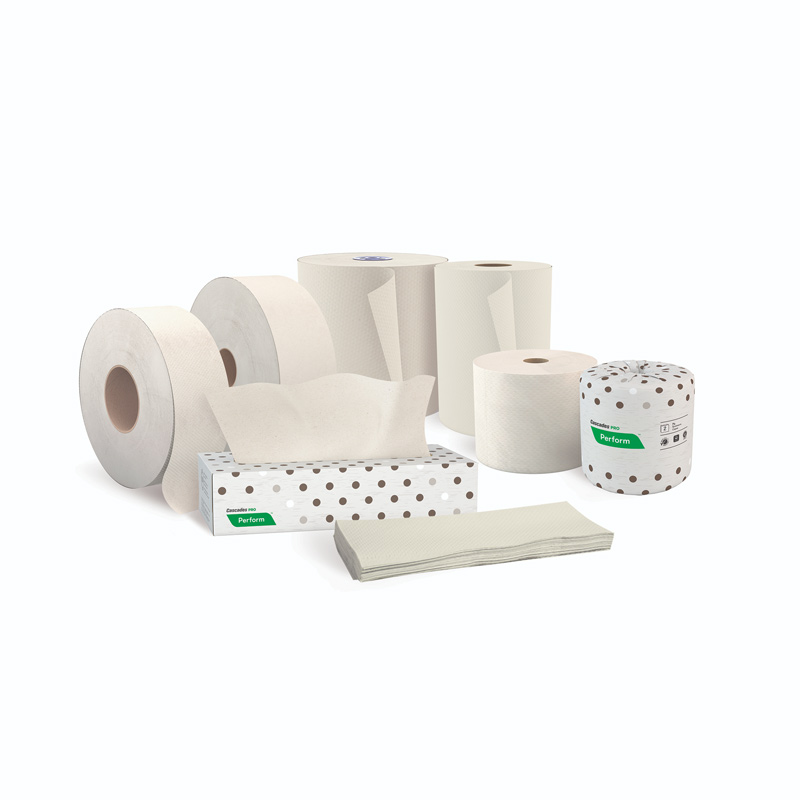Basic concept of anti-static film
Antistatic film is a type of thin film that can effectively suppress the accumulation and propagation of static electricity. It is usually made of plastic substrates (such as polyester film, polyvinyl chloride film, etc.) and treated with anti-static agents. According to different application requirements, anti-static films can be divided into several types such as electrostatic shielding films, electrostatic protective films, and anti-static films.
Anti static film: With low surface resistivity, it can effectively prevent the accumulation and conduction of static electricity.
Anti static film: mainly by adding anti-static coatings or chemical agents, it can generate an electrostatic barrier on the surface of the film to prevent the accumulation of static electricity.
Electrostatic shielding film: In addition to anti-static function, electrostatic shielding film also has certain electromagnetic shielding function, suitable for electronic products with higher sensitivity to static electricity.
2. Key factors when choosing anti-static film
2.1. The electrostatic sensitivity of the product
Firstly, it is necessary to evaluate the electrostatic sensitivity of your electronic product or device. Different electronic components have varying tolerance to static electricity. For example, high-end electronic components such as semiconductor chips, integrated circuits, and hard disk drives are often very sensitive to static electricity, and minimal accumulation of static electricity can lead to damage or performance degradation of these components. Therefore, these highly sensitive products require the selection of anti-static films with extremely low surface resistivity and the ability to quickly release static electricity.
For some products with lower sensitivity (such as household appliances, some optical products, etc.), anti-static films with slightly weaker performance can be chosen. At this point, the main function of the membrane is to prevent the accumulation of external static electricity and reduce electrical interference.
2.2. Surface Resistance
Surface resistivity is one of the key indicators for measuring the effectiveness of anti-static films. The lower the surface resistivity, the stronger the conductivity of the film, and the faster the rate of electrostatic discharge. For electronic products with high requirements, the surface resistivity usually needs to be below 10 ⁶ Ω/sq, and even needs to reach 10 ⁴ Ω/sq or lower.
According to different application scenarios, you need to choose a film that meets the requirements. For example, when packaging and transporting sensitive electronic products, it is required that the film has a high anti-static effect, that is, a low surface resistivity. For some applications that are less susceptible to electrostatic interference, a higher surface resistivity (such as 10 ⁹ Ω/sq) may be sufficient.
2.3. Thickness and Transparency of Membrane Materials
The thickness and transparency of anti-static film are also important factors to consider when choosing.
Thickness: The thickness of the film determines its durability, strength, and protection against static electricity. Thicker films typically have better mechanical strength and durability, making them suitable for long-term use and transportation; However, the transparency of thick films is relatively poor, which may affect the appearance display of the product. Thin films can provide higher transparency and are suitable for protecting electronic products that need to display their appearance, such as displays, touchscreens, etc.
Transparency: For products that require high transparency, such as monitors, phone screen protectors, etc., it is important to choose anti-static films with high transparency. Common transparent films are usually made of polyester film (PET) material, which has good transparency and anti-static function.
2.4. Temperature resistance and environmental adaptability
The temperature resistance and environmental adaptability of anti-static films directly affect their performance in practical applications. Some electronic devices are used in high-temperature environments, and it is necessary to ensure that the selected film can withstand high temperatures without losing its anti-static effect. Therefore, it is very important to choose a membrane that is suitable for the temperature range of the working environment.
In addition, the anti UV linearity and moisture resistance of anti-static films may also affect their application life in different environments. If the environmental adaptability of the membrane is poor, it may lead to the gradual degradation of the surface electrostatic function of the membrane, affecting the protective effect.
2.5. Electromagnetic shielding function
In some high-precision devices such as communication equipment, spacecraft, military equipment, etc., in addition to anti-static function, it is also necessary to have certain electromagnetic shielding function to prevent static electricity and electromagnetic wave interference. At this point, it may be more appropriate to choose an anti-static film with electromagnetic shielding function (such as a film containing a metal coating). These films not only prevent the accumulation of static electricity, but also reduce the interference of electromagnetic waves on equipment, ensuring the stable operation of the product.
2.6. Balance between cost and demand
The cost of anti-static film varies depending on the material, performance, and brand. When making a choice, it should be balanced based on your budget and needs. For example, for high-end electronic devices, it may be necessary to choose films with stronger performance, such as those with lower surface resistivity and higher durability. For some ordinary products, choosing a more cost-effective film may be enough to meet basic anti-static needs.
3. Common materials for anti-static film
Polyester film (PET): commonly used for transparent anti-static films, with high transparency and good mechanical strength. PET film is suitable for protecting products that require high transparency, such as displays and optical equipment.
Polyvinyl chloride film (PVC): PVC film usually has good durability and low cost, suitable for packaging and transportation of electronic components.
Polypropylene film (PP): Compared to PET and PVC films, PP film is relatively soft, but it also has anti-static effects, making it suitable for products that require a certain degree of flexibility

 +86 139-6715-0258
+86 139-6715-0258 
 Monday to Friday 8 am. to 6 pm.
Monday to Friday 8 am. to 6 pm. 
 English
English 中文简体
中文简体
